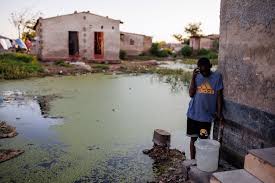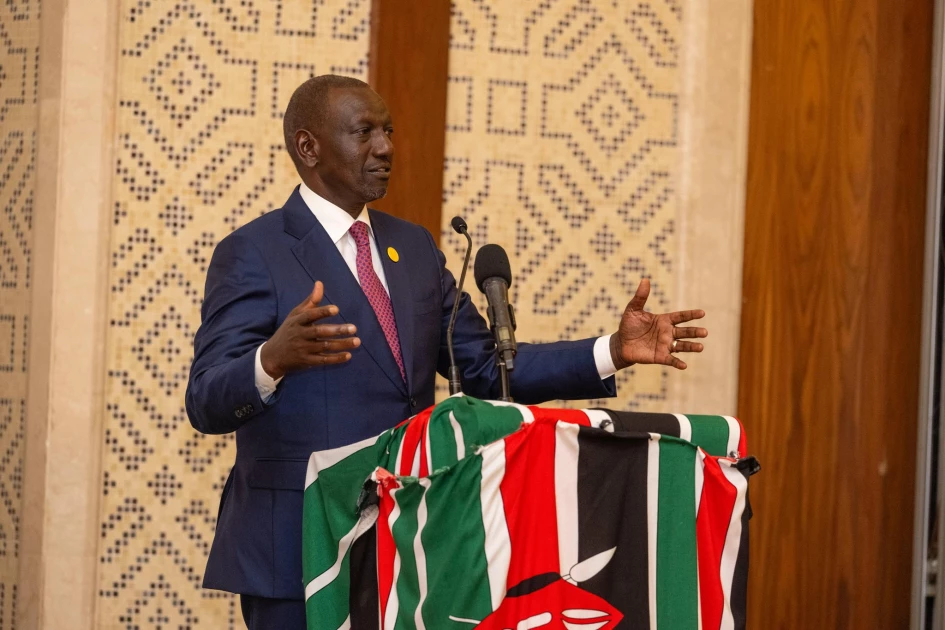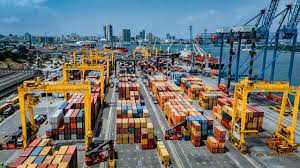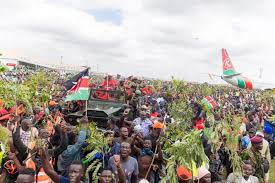Across Africa, water scarcity is more than an environmental challenge—it is a structural threat to health, education, and economic stability.
The continent continues to grapple with droughts, contaminated water, and inadequate sanitation, leaving millions vulnerable to disease, displacement, and poverty.
The recent cholera outbreak in southern and central Africa highlights the urgency of the crisis. Since 2023, over 220,000 people have been infected and more than 4,000 have died across 19 countries.
Zambia has been particularly hard hit, recording over 18,500 cases and 700 deaths in one of its deadliest outbreaks on record. Experts attribute the spread to climate-driven extreme weather, vaccine shortages, and poor water and sanitation infrastructure.
Crises in Africa often begin with water. Droughts force pastoralists off their land, floods destroy markets and schools, and cities with dry taps experience unrest.
Nearly 95% of Africa’s agriculture relies on rain-fed systems, making livelihoods and food security highly vulnerable to climate variability.
The Intergovernmental Panel on Climate Change (IPCC) warns that water security is under mounting pressure, and adaptation is impossible without prioritizing water in planning, financing, and decision-making.
Women and girls bear the brunt of water scarcity. UNICEF estimates they spend 200 million hours daily collecting water, time that could otherwise be spent in school, at work, or leading communities. Limited sanitation compounds the inequity: no African country is on track for universal safely managed sanitation by 2030.
Effective solutions require more than pipes—they require people. Communities must have a voice in setting priorities, paying clear fees, and overseeing maintenance. Models such as small-scale filtration, leak detection, solar pumping, and water reuse have proven successful when combined with local training and enterprise support.
Investment in water and sanitation yields significant returns: each U.S. dollar spent can generate approximately four dollars in social and economic benefits.
Programs like the Zayed Sustainability Prize illustrate how innovative and inclusive solutions can reach underserved populations.
In 2025, SkyJuice Foundation was recognized for a power-free filtration system providing safe drinking water to remote communities. In 2023, Eau et Vie improved urban access to household taps while lowering costs for low-income residents.
Sareen Malik, Executive Secretary of the African Civil Society Network for Water and Sanitation (ANEW), emphasizes that governments must treat water as essential infrastructure, not a symbolic project.
Every investment should be accountable for tangible results: saving time for girls, improving health, and securing crops. Transparent budgets, locally repairable technologies, and inclusive governance are critical for sustainable water management.
“When the system works, communities thrive,” Malik writes. “When water is prioritized, dignity, prosperity, and resilience follow.”



